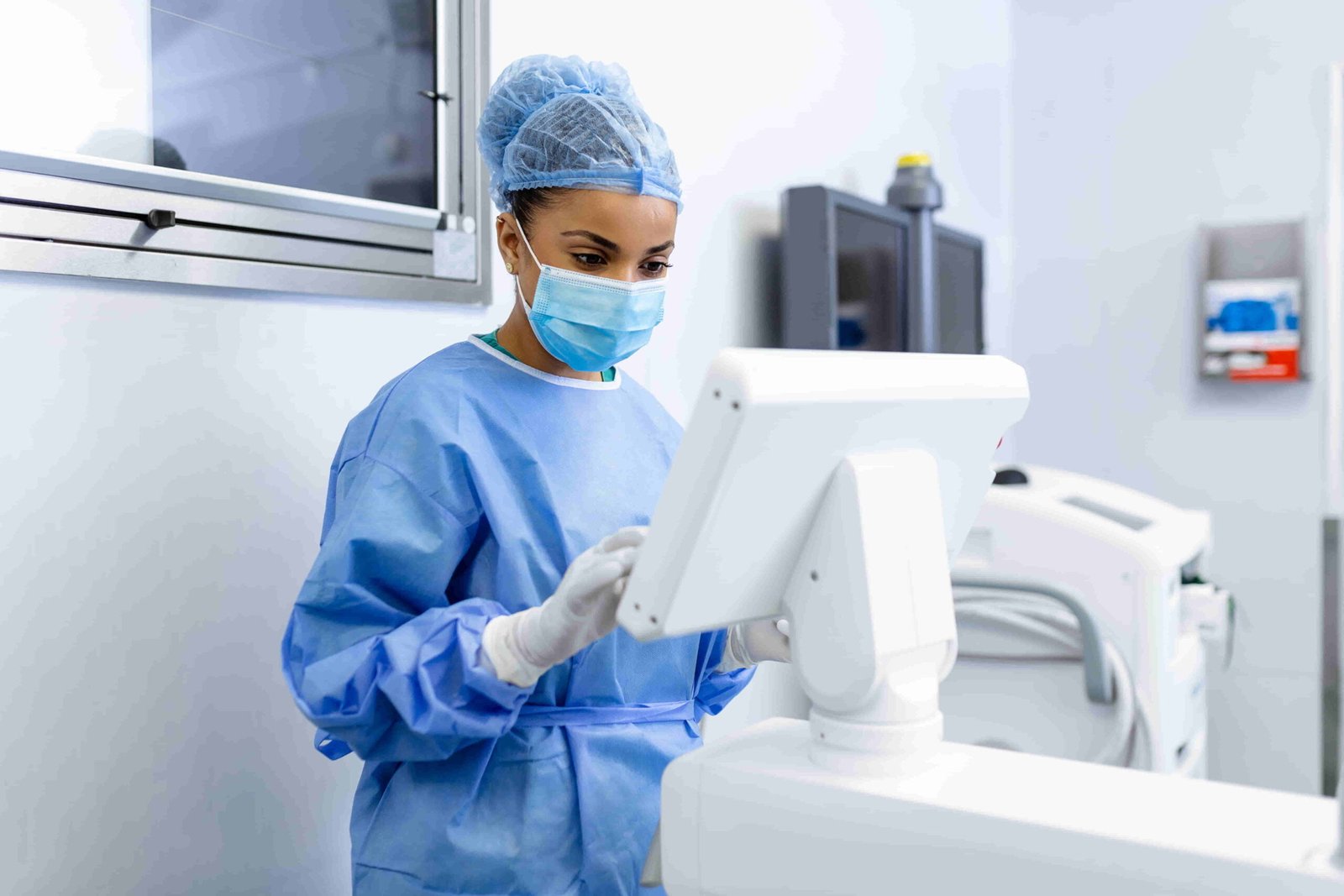SEARCH SPONSORED SCHOOLS
Not all sponsored colleges have laptop programs
FIND COLLEGES NOW!
Complete the following questionnaire and we will match you with the right schools.


Medical Billing & Coding Specialist
Occupational Prestige Score: 46.58
Employment in 2019: TBD
What do Medical Billing and Coding Specialists do? Medical Billing & Coding Specialists play a crucial role in the healthcare system by coding healthcare services and procedures for billing and insurance purposes. They translate medical procedures into codes that can be easily understood by healthcare providers and insurance companies.
Education Needed: Medical and billing coding specialists typically need a certificate or Associate’s Degree in medical billing and coding. Additional certification from organizations like the American Academy of Professional Coders (AAPC) is highly regarded.
Qualities: Medical and billing coding specialists juggle accurate and analysis. They must have a smart eye for detail that allows them to ensure correct codes for procedures and diagnoses. Sharp analytical skills help them interpret medical records, and integrity is key as their proper coding affects patient care and reimbursement.
Salary: The mean salary can be up to $48,780 yearly or $23.45 per hour*
Projected job growth: The Bureau of Labor Statistics projects an employment growth of 8%* during the next 10 years.
*Salary and employment figures are based on a national average and may vary by location.

Medical Equipment Preparer
Occupational Prestige Score: 53.29
Employment in 2023: 66,790
What do Medical Equipment Preparers do? Medical Equipment Preparers are responsible for sterilizing, preparing, and organizing the surgical instruments and medical equipment used in healthcare facilities. They make sure that all tools are properly cleaned, functioning, and readily available for surgeries, examinations, and other medical procedures.
Education Needed: To become a medical equipment preparer, you need a high school diploma or equivalent. On-the-job training or certificates in sterilization processes can be beneficial when applying to jobs.
Qualities: Medical equipment preparers ensure patient safety and successful procedures through their meticulousness. They must strictly adhere to established protocols, in order to ensure every step is followed precisely. Because they work behind the scenes to sterilize and prepare equipment for medical use, focus on detail is critical.
Salary: The mean salary can be up to $45,280 yearly, or $21.77 an hour.*
Projected job growth: Expected to see moderate growth due to the ongoing need for sterilization and preparation services in healthcare settings.
*Salary and employment figures are based on a national average and may vary by location.

Medical Records and Health Information Technicians
Occupational Prestige Score: 55.17
Employment in 2022: 37,900
What do Medical Records and Health Information Technicians do? Medical Records and Health Information Technicians organize and manage health information data through computerized healthcare systems. They ensure its quality, accuracy, accessibility, and security in both paper and electronic systems. They use various classification systems to code and categorize patient information for insurance reimbursement, databases, and registries.
Education Needed: Education requirements vary. Typically, a postsecondary certificate or Associate’s Degree in health information technology. Other certification such as the Registered Health Information Technician (RHIT) may be required.
Qualities: Modern healthcare relies heavily on electronic health record systems, which means that medical records and health information technicians must be tech-savvy and proficient using these technologies. Additionally, analytical skills are important to accurate code diagnoses and procedures, as well as identifying potential inconsistencies in patient records. Because of the sensitive patient data they handle, discretion and confidentiality are key qualities to have.
Salary: The mean salary can be up to $62,990 yearly, or $30.28 an hour.*
Projected job growth: The Bureau of Labor Statistics predicts a faster than average increase of 16%* in the next 10 years.
*Salary and employment figures are based on a national average and may vary by location.

Medical Transcriptionist
Occupational Prestige Score: 46.58
Employment in 2022: 49,000
What do Medical Transcriptionists do? Medical Transcriptionists listen to voice recordings made by healthcare professionals and convert them into written reports. They must understand medical terminology, abbreviations, and grammar to produce accurate and complete documents.
Education Needed: Aspiring medical transcriptionists need a postsecondary education in medical transcription, which can include a certificate or an Associate’s Degree. Understanding of medical terminology, anatomy, and grammar is essential.
Qualities: Medical transcriptionists must be masters of translating spoken word into precise medical documents. They rely on exceptional listening skills and attention to detail, fast and accurate typing and a strong gasp of grammar and medical jargon to ensure clear and accurate reports.
The mean salary can be up to $37,060 yearly, or $17.82 an hour.*
Projected job growth: The Bureau of Labor Statistics predicts a decrease of 4%* in the next 10 years. Despite the decrease in employment, the Bureau estimates about 8,100 opening for medical transcriptionists each year on average.
